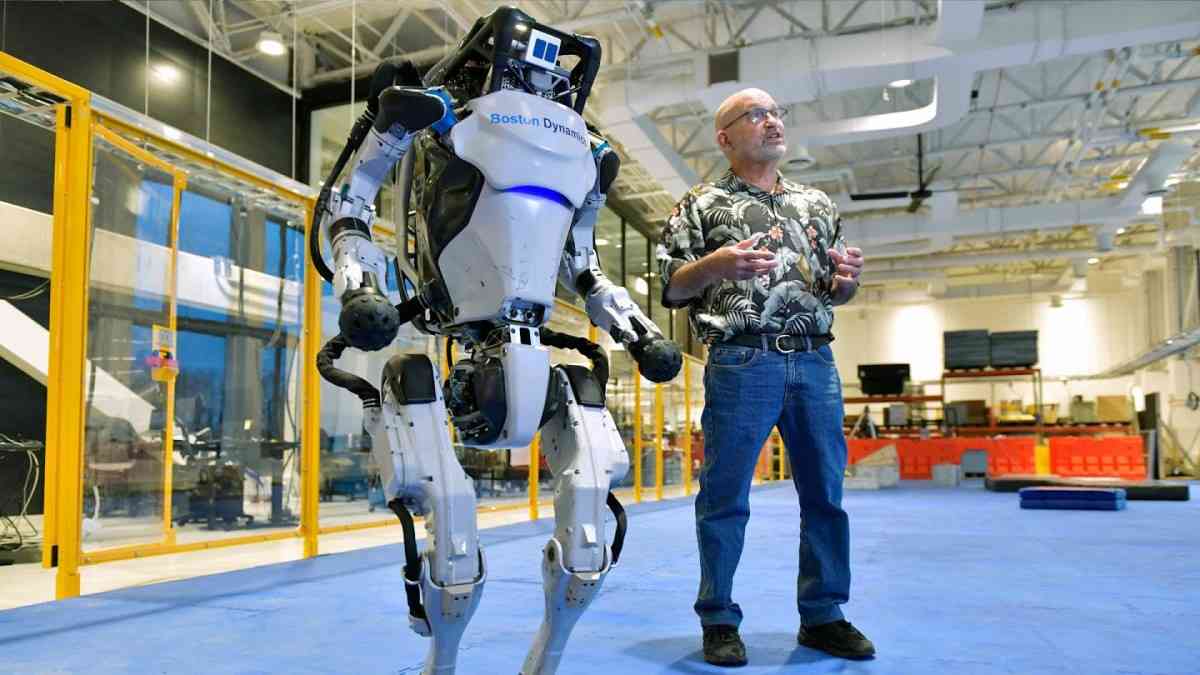What Is Robotics? What Are Its Applications?

Robotics is the culmination of science, engineering, and technology to create automated machines called robots. These machines are then used for various purposes such as manufacturing, construction, healthcare, and much more. They can even perform tasks that humans can’t easily do, such as space exploration or traversing dangerous environments.
Artificial Intelligence also plays a massive role in taking robotics even one step further. It gives them self thinking capabilities and autonomy to function by themselves without human support. Many imagine that these future robots may look like those seen in Hollywood movies like Wall-E and Star Wars. However, the reality is quite different from what’s seen in pop culture.
More than 90% of the robots (2.7 million) currently used are present in various factories for manufacturing. It will likely stay that way due to its practical applications in a real-world scenario.
Practical applications of Robotics
- Military (Bomb defusal, sentries, autonomous drones and tanks)
- Industrial and construction bots (Robotic arms and exoskeleton)
- Agricultural bots
- Delivery bots and drones
- Nursing and companion bots
- Healthcare (Da Vinci Surgical System and Hospi).
- Kitchen robots (Commercial applications include automations for making fast foods such as burgers, pizza, coffee, etc. Home applications include Roti maker and dishwasher loader)
- Combat bots for entertainment (Robot Wars and Battlebots)
- Cleanup of contaminated areas, such as toxic waste or nuclear facilities.
- Domestic use (Roombas)
- Nanorobots (Future application in medicine)
- Swarm robots (Military and civilian applications)
Are Robots stealing our jobs or solving labor shortages?
With the current covid situation, the world faces a labor force shortage as several migrant workers have gone back to their hometowns. Due to this, many companies have started relying on robots as a primary means of labor. White Castle, an American fast-food chain, has even begun using robots to make hamburgers. This even helps with reducing human contact between employees and customers.
However, even with such a convenient solution, robots still can’t do everything. They can do some of our jobs, sometimes even better than us, but human expertise is always needed for supervision. Specialized work always needs human experience, and that is true even in the case of labor tasks. So while the need for labor has gone down in quantity, there is still a need for quality.
If you like this simple explainer, check out our Short Bytes section. We take complex tech topics and break them into short, easy-to-understand articles.





